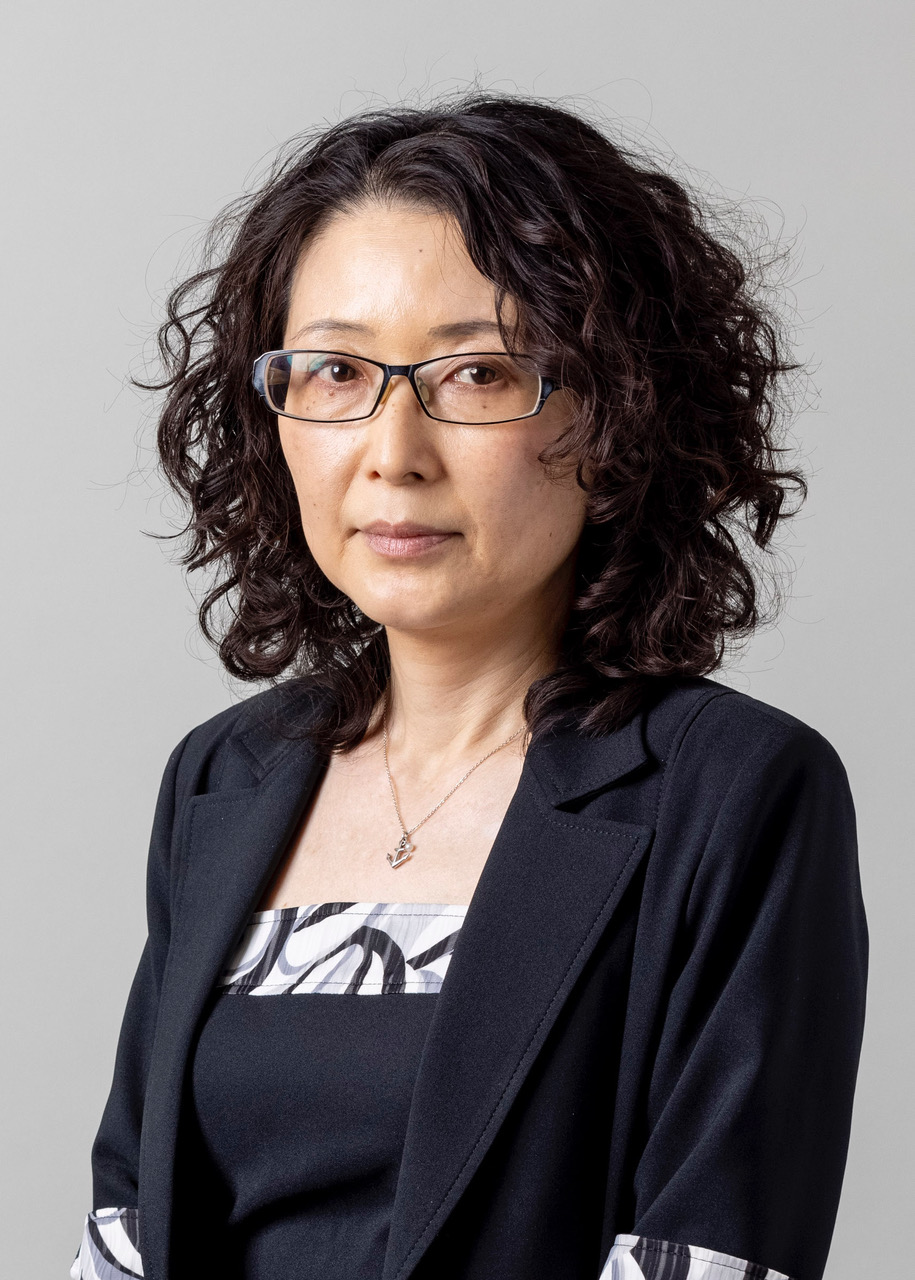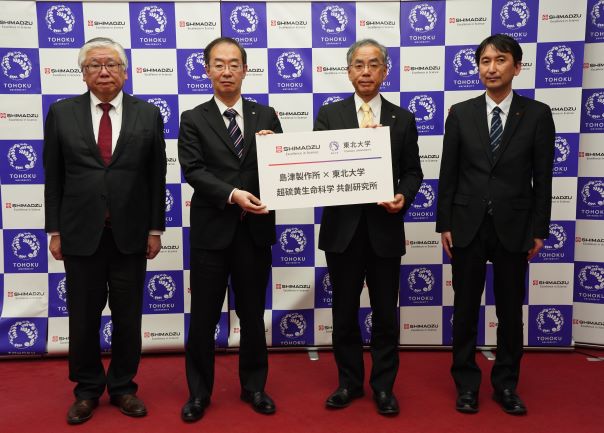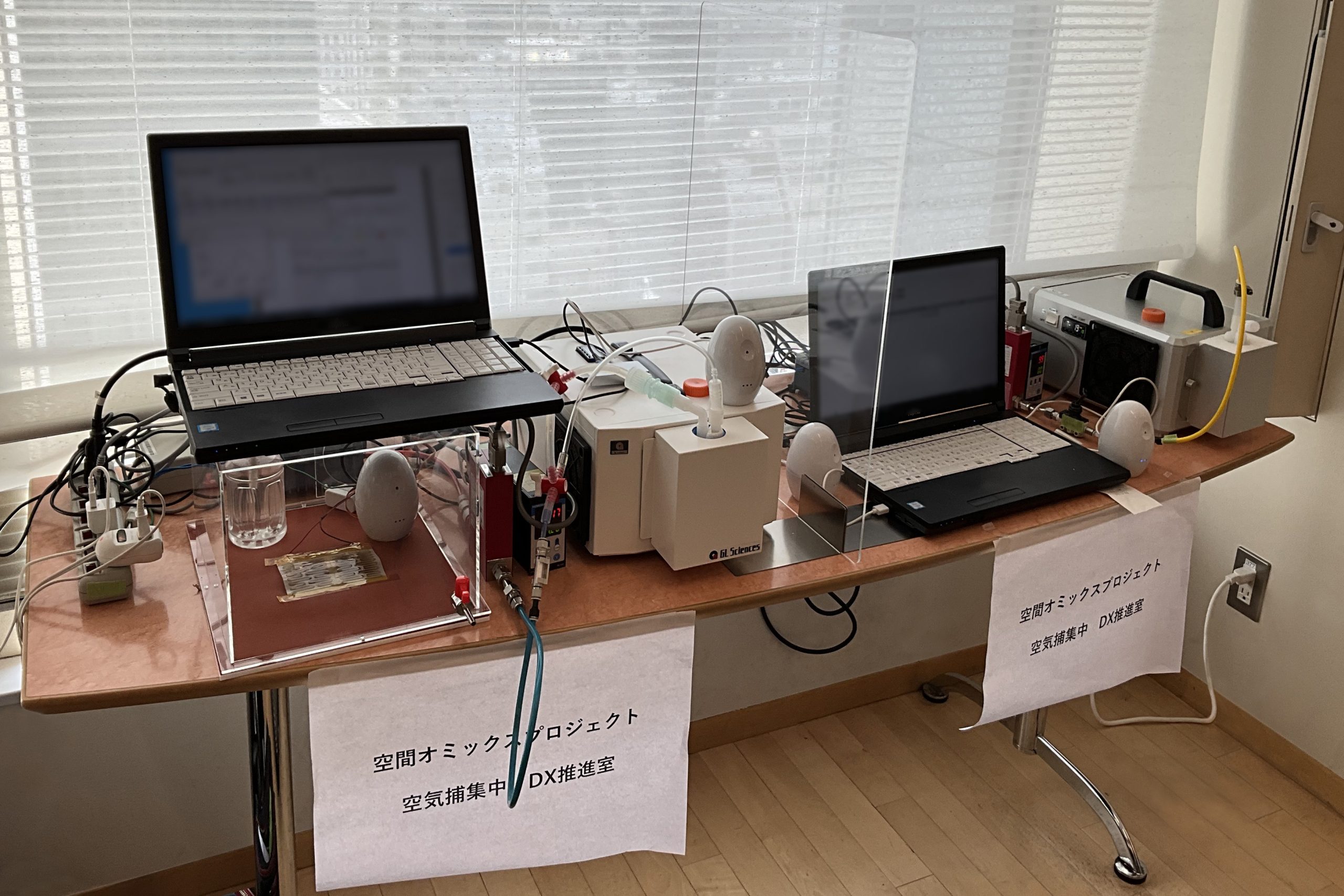医科学専攻 公衆衛生学専攻
- Master's Courses
修士課程 - Doctoral Courses
博士課程
Environmental Medicine and Molecular Toxicology環境医学
STAFF
Professor
-
Motohashi, HozumiProfessor. 本橋 ほづみ 教授 (兼任)

Other Faculty / Staff
-
Morita, Masanobu
Lect.Ph.D. 守田 匡伸 講師 -
Ogata, Seiryo
Assistant Prof.Ph.D. 緒方 星陵 助教
CONTACT
TEL:+81-22-717-7184
E-MAIL:environmed*grp.tohoku.ac.jp
(「*」を「@」に変換してください)
OUTLINE
準備中


 高い抗酸化作用を持つ超硫黄分子の特性解明へ、老化を防ぐ医薬品・食品の開発に貢献 「島津製作所×東北大学 超硫黄生命科学共創研究所」を設置
高い抗酸化作用を持つ超硫黄分子の特性解明へ、老化を防ぐ医薬品・食品の開発に貢献 「島津製作所×東北大学 超硫黄生命科学共創研究所」を設置
 「超硫黄分子」の寿命延長効果を発見 ~新たなサプリメントや健康法の開発に期待~
「超硫黄分子」の寿命延長効果を発見 ~新たなサプリメントや健康法の開発に期待~
 東北大学流体科学研究所と Meiji Seika ファルマ 空気中のウイルス捕集・計数に関する共同実証試験を開始
東北大学流体科学研究所と Meiji Seika ファルマ 空気中のウイルス捕集・計数に関する共同実証試験を開始
 超硫黄分子による心機能の制御メカニズムを解明 虚血性心疾患や難治性心不全などの診断・治療への応用に期待
超硫黄分子による心機能の制御メカニズムを解明 虚血性心疾患や難治性心不全などの診断・治療への応用に期待